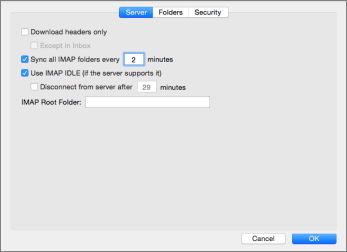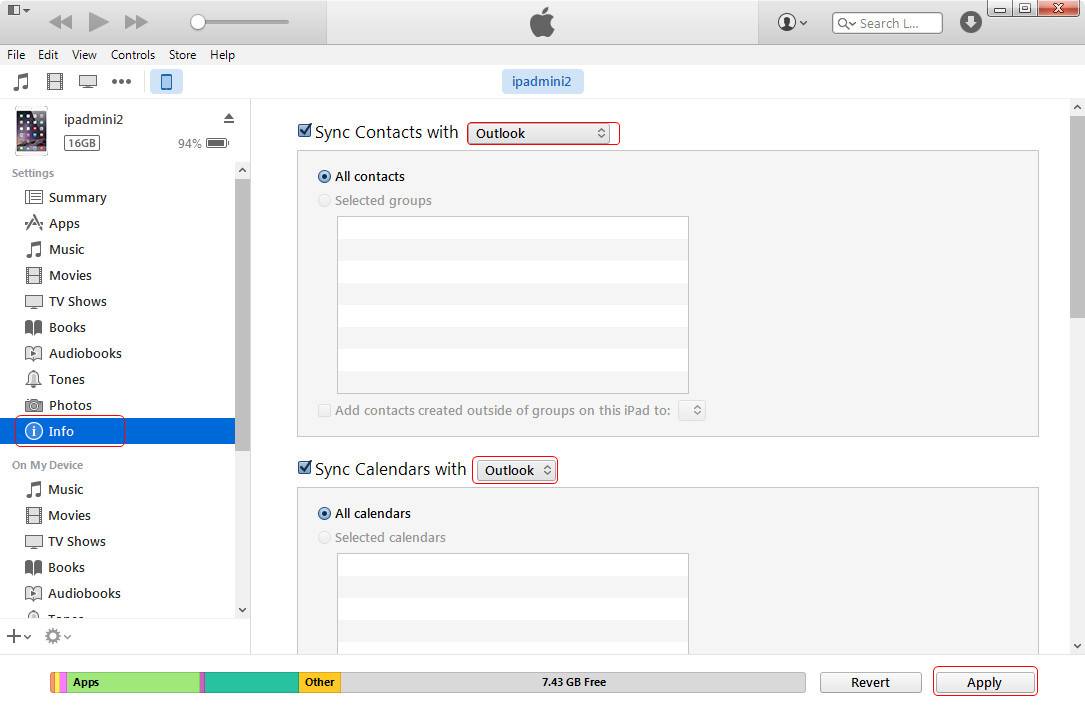A few obvious things to check (hope it's not insulting!)
1. In the bottom of Outlook window it has status. Should read 'All folders are up to date. Connected to: 'Name describing your Exch/O365 account'
For example, if you need Microsoft Outlook scheduling automatic send/receive every hour, just enter 60 in the box. It’s optional to check the option of Schedule an automatic send/receive every x minutes in the When Outlook is Offline section, and enter a send/receive interval time in the box. Click the Close button to exit this dialog box. See full list on nucleustechnologies.com. The Outlook for Mac experience, now available for preview in Insider Fast, has been updated to enhance performance and elevate productivity. The new Outlook for Mac is powered by the Microsoft Cloud and connects using Microsoft sync technology. It brings updates across Mail, Search, and Calendar exp.
2. In the ribbon menu, under tools - check that the toggle slider for 'Online/Offline' is set to online (shows green)
Next to this is the buttons for Sync Status and Sync Errors. If you open up these windows are they blank, or have any diag messages. Keep them open and monitor as yo use Outlook and make changes.... Anything significant observed?
Outlook for Mac provides Exchange connectivity in a Mac environment. It facilitates offline working in an Exchange environment. Outlook for Mac facilitates offline working in an Exchange environment. Synchronization between the server and client application is done so that whenever there is any modification in the Server-side or client-side, the change gets updated on the other side. Sometimes, this synchronization process gets affected partially or fully. Due to this, mailboxes are not updated on the server-side as well as on the client-side.
Prominent Reasons Behind this Synchronization Issue
Many Outlook for Mac users face this issue, and so we need to realize the causes behind it. We have stated them here:
- Offline Mode: Your Outlook for Mac is in offline Mode
- Failed to Connect: You failed to connect Outlook for Mac with the Exchange Server
- Cache Issue: Your Outlook Cache is corrupted
- Settings: Settings are not accurately configured


Fixing “Outlook for Mac not syncing with Exchange Server” issue
Now, as you have got the main reasons behind the issue, we will provide you some ways to get out of this issue.
Outlook For Mac Sync Frequency Distribution
- Check Offline Mode
It is the most basic check that you can perform before pursuing any other method. Go to the Outlook menu and check if the Work Offline option is selected or not. If selected, unselect it and check if the synchronization is better now. - Rebuild the Outlook for Mac File
To fix this issue, you should perform the troubleshooting as explained here.
Firstly, close all the Outlook for Mac related processes currently running on the system. Take a backup of the Identities folder of Outlook for Mac in C drive. Then click on Outlook application with Alt key on hold to start the Microsoft Database Utility app. Here, select the identity which you want to recreate and click the Rebuild option to create it. Wait until the process gets completed. - Clear Cache in Outlook
This method works when any specific folder is not synchronizing, but the rest of the Exchange folders are synchronizing with the Outlook. Here is the fix.
First, ensure that there is a connection between Outlook for Mac and Exchange Server. Right-click on the respective Exchange folder which is not synchronizing and click on the Properties option. Now, switch to the General tab and click on the option Empty Cache. Next, check if the folder is synchronized and new items are received in it. - Confirm Exchange Connectivity
The issue can be due to error in connection of Outlook with the correct Exchange Server. You should check it once to confirm if this is the issue. Follow this process:Go to Tools > Accounts in your Outlook for Mac and check over the Exchange Account. If there is an orange indicator against the added Exchange account, then it means there is some issue with it. You can try disconnecting it and re-configuring it. Try connecting it with Outlook on the web and check the status of Exchange Server now. If everything is fine, connect the desired server again.
The above methods are easy and can solve the synchronization issue between Outlook for Mac and Exchange Server. You can give these solutions a try and get rid of that unwanted situation quickly.


How to Retrieve Inaccessible Outlook for Mac Data?
If you are still not able to fix the issue with your Outlook for Mac data file, you can think of converting the OLM file to PST and recover its data. For this, we bring the most promising OLM Converter tool – Kernel for OLM to PST Converter tool, which converts OLM file to Outlook 2019, 2016 & 2013. It also allows users to make secure migration from OLM to Exchange Server and cloud-based platform of Office 365. The tool provides many filter options for users to move only specific data to the destination. Also, it provides complete support to all Outlook for Mac versions including Outlook 2016 for Mac. Kernel for OLM to PST provides the easiest way to retrieve the inaccessible Outlook for Mac data.
You may better understand the OLM to PST conversion process by going through the steps of the tool.
- Run Kernel OLM to PST Converter and use Browse or Search (for automatic search in the selected system drive) option to add the desired number of OLM files for conversion purposes. Click Next.
- After scanning the files, select any mailbox item and view its preview. Now, click the Save option.
Note 1: You can save file items in multiple formats by right-clicking and selecting the required option.
Note 2: With the Find option on the Toolbar, you can perform a deep search for any mailbox item using multiple filters and options. - Choose PST File (MS Outlook) option. Click Next.
- Add filters like email metadata (From, To, Subject), Item Type, and Date Range as required and click Next.
- To manage the converted PST file size, you can use the Split option and also can add a prefix to the store name.
- Browse and add the saving path location for the converted PST file and click Finish.
- The conversion process will get started and soon completes with a confirmation message.
So, conversion of OLM to PST file is quite handy with the Kernel OLM to PST Converter software. You can now access these PST files in Outlook.
Final Words
Due to the Exchange synchronization issue, Outlook for Mac users may not have the updated information in their mailboxes. This issue can be fixed in many ways – by checking offline mode, rebuilding the Outlook for Mac file, clearing Cache in Outlook, confirming Exchange connectivity, etc. However, if all these methods fail to fix the issue, they can think of recovering Outlook for Mac data using an OLM to PST converter. It is the most reliable way to fix all Outlook for Mac issues.
Outlook For Mac Sync Frequency Table
More Information